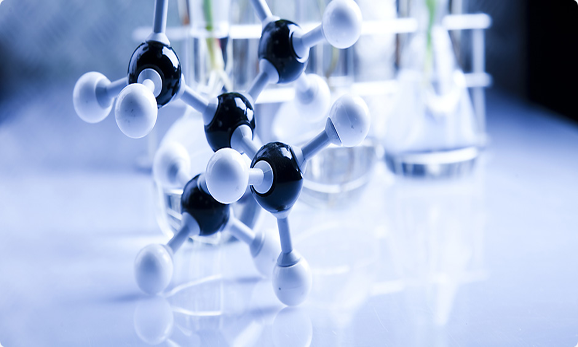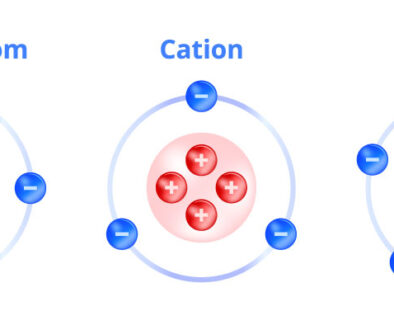Our Polymer Products, Explained

At Gellner Indsutrial, we offer a wide range of products for all your acrylic polymer needs. You can check out our Product Guide to learn more about the acrylic resins and chemicals we offer. Read further for a more in-depth perspective of our product types and merchandise.
Anionic Acrylic Polymers
Anionic polymers are synthesized by a process called anionic polymerization. Anionic polymerization is a chain growth reaction which begins with an anion (an atom that has gained electrons and subsequently, has a negative charge). Various types of initiators are used in anionic polymerization. Anionic polymerization entails a set of reactions that take place in three steps: initiation, chain propagation and chain termination. These reactions are then initiated by nucleophilic addition (when a chemical compound with an electron-deficient bond reacts with an electron-rich reactant) to the double bond of the monomer. Gellner Industrial offers a wide selection of anionic polymers that are created through this very process. Names of the anionic polymers include: 25-50E, 25-30, CS-58, M-30, M-49, G-35, S-30, S-50, S-75, S-100, SX-30, SX-50, SX-75, SX-100, SF-42 and SF-45, which is new. These range from solution polymers to emulsion polymers and cover a variety of purposes, including: being used for high pigment ink, being used for printing and exhibiting good adherence to a variety of surfaces. Check out our selection of anionic polymers for all your paint and ink needs.
Cationic Acrylic Polymers
Cationic polymers are created by, you guessed it, cationic polymerization. Cationic polymerization can be typified as another example of chain growth polymerization reactions. A cation (an ion with more protons than electrons and a subsequent positive charge) initiates this reaction by transferring its charge to a monomer, which then results in an increase in reactivity. Next, the reactive monomer reacts similarly with other monomers to form a polymer. There are few monomers that can successfully execute the cationic polymerization chain reaction. Olefins, or alkenes (unsaturated hydrocarbons containing a double bond, including ethylene and propylene), are often used for these types of reactions. Gellner Industrial features a lot of cationic polymer products. These include those with the names of: K-21-30, K-362, K-633, K-12, K-23, K-65, K-66, KX-99 and KX-101. These entail solution and emulsion polymers suited for alkali resistance and adhesion to non-porous substances, check them out here.


